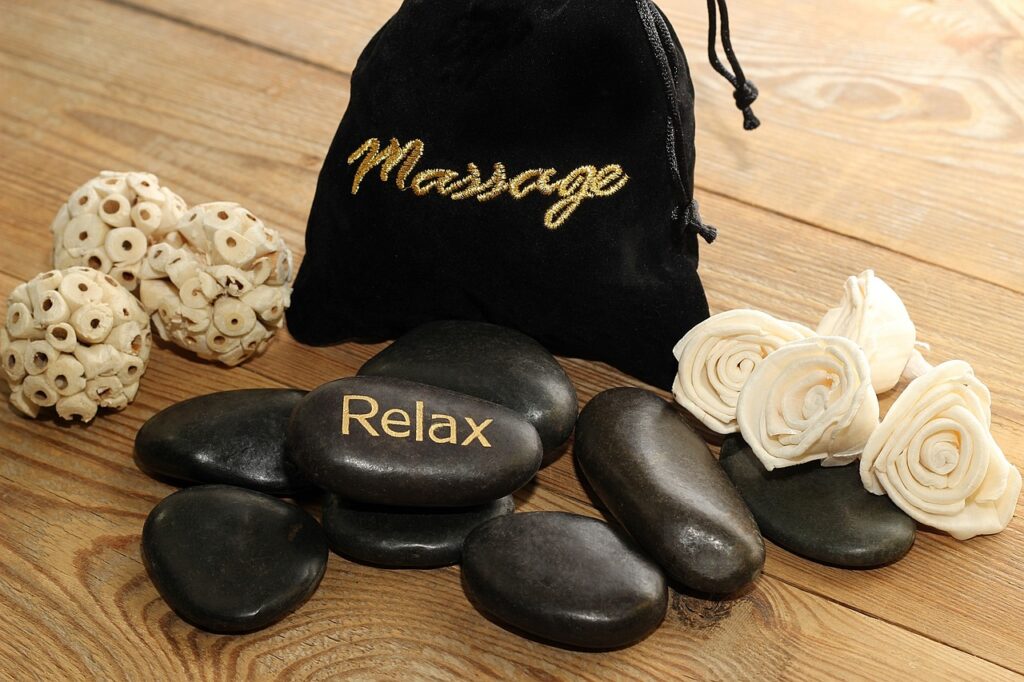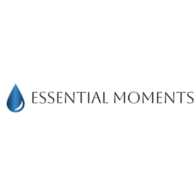How Spa Therapy Enhances Health & Mental Wellness

Spa therapy delivers evidence-based physical and mental health benefits through specialized therapies that restore balance and enhance overall well-being. This article examines spa-based healing modalities, benefits, massage varieties, and practical considerations. Understanding Spa Therapy The term Spa is derived from the town of Spa, Belgium, whose name in Roman times was Aqua Spadanae. Today’s wellness landscape features diverse spa varieties—from convenient day retreats to immersive destination sanctuaries and therapeutic health centers, each catering to distinct well-being journeys. These oases offer specialized treatments, from the ancient practice of hydrotherapy to various massage modalities, all meticulously crafted to induce deep relaxation and facilitate your body’s natural restoration processes. Central to spa therapy are havens that nurture an individual’s sense of being looked after, which can significantly bolster resilience against stress. To enhance their restorative effects, many spa treatments integrate natural components like mineral-rich spring water into their practice for a comprehensive approach to maintaining good health. Integrative Spa & Wellness Therapies Spa therapy, often associated with health resorts and referred to as health resort medicine, combines various therapeutic practices as follows: How does Spa Therapy impact our health? In today’s healthcare practices, spa therapies have transcended their reputation as mere indulgences and are now recognized for their considerable therapeutic value. These treatments contribute to mental and physical wellness and are essential to comprehensive health management. Studies have shown that spa therapy can effectively enhance well-being in middle-aged adults with common health issues. Another study has shown significant improvement in quality of life, pain, and functional measures in chronic low back pain patients after spa therapy sessions. To improve your cardiovascular health, spa methods like hydrotherapy and body wraps can enhance your blood flow, helping your body heal injuries more effectively. Heat or steam treatments stimulate your lymphatic system, promoting your body’s natural detoxification process and helping you eliminate toxins more efficiently. Regular spa sessions can strengthen immune system response due partly to decreased stress levels, which otherwise compromise immunity. Scent therapy combined with massage maintains hormone equilibrium while promoting mood improvements. This synergy underscores the extensive wellness advantages linked with consistent spa therapy engagement. According to a 2021 study, spa therapy sessions demonstrate significant efficacy in ameliorating depression, anxiety, and stress-related sleep disturbances while concurrently providing therapeutic benefits for chronic pain and musculoskeletal conditions. What are the Most Popular Spa Treatments? 1. Swedish Massage This traditional full-body massage technique uses long, flowing strokes to promote relaxation and ease muscle tension. 2. Deep Tissue Massage It involves a highly trained therapist using strong finger pressure and slow friction to affect the sub-layer of muscle tissue as far down to the bone as possible. It relieves muscle aches and tension, helping you feel recharged and relaxed. 3. Hot Stone Massage This elegant relaxation solution offers a perfect symphony of temperature (heated basalt stones) and touch, addressing both physical discomfort and mental stress and leaving you in a state of blissful calm. 4. Aromatherapy Massage Combines pure essential oils with massage techniques to enhance your emotional well-being. 5. Thai Influenced by traditional medical systems in India, Southeast Asia, and China, Thai massage is a rigorous technique in which a therapist manipulates the body into stretches, applying rhythmic pressures and loosening the joints. It’s typically practiced on a firm mat on the floor, and no oils are used. 6. Shiatsu Massage This is an ancient Japanese finger-pressure technique based on traditional Chinese medicine. Practitioners believe that applying pressure to traditional acupuncture points can fix imbalances in the body’s energy flow, aid relaxation, and stimulate lymphatic flow. 7. Reiki Originating in Japan, Reiki is a spiritual therapy of energy healing. It involves a practitioner placing their hands above the body in positions relating to vital organs and nerve plexus. This serves as the Qi (life force) channel to activate healing energy within receptive points. 8. Lymphatic Drainage Massage This gentle technique encourages detoxification and boosts the immune system by stimulating the natural flow of lymph. By supplying oxygen to the tissues, this massage technique increases blood flow and eliminates metabolic waste. Benefits of Spa Therapy 1. Stress Reduction Reducing stress is a widely recognized advantage of engaging in spa treatments. Methods such as massages and the use of essential oils are particularly effective at diminishing stress levels and easing anxiety symptoms. Aromatherapy massage, for example, is especially adept at promoting relaxation while improving mental and physical health. A 2019 study found that combining Aromatherapy with Music Therapy positively reduces anxiety and stress. These various therapeutic approaches foster feelings of peace and help significantly reduce stress by encouraging the body to produce hormones associated with positive mood states. 2. Pain Relief Spa treatments, including Hydrotherapy and Hot Stone massages, are widely acclaimed for their capacity to alleviate pain. Hot stone massages, in particular, can significantly ease arthritis symptoms by promoting muscle relaxation and enhancing blood circulation. Similarly, a 2021 study examined the effects of hydrotherapy in patients with non-specific low back pain (NSLBP). Findings revealed that after 10 sessions, participants experienced significant improvement in NSLBP symptoms. Additional research also demonstrated hydrotherapy significantly improved pain, function, and muscle performance in older women with knee osteoarthritis. Findings on Spa therapy for fibromyalgia concluded that adding spa therapy to standard medical treatment provides benefits for women with fibromyalgia, including reduced pain, fewer tender points, and improved overall well-being. 3. Improved Sleep Spa therapy is known to greatly enhance sleep quality. The deep relaxation that these treatments offer aids the body in unwinding, which assists individuals, particularly those who suffer from sleep problems, in falling asleep more easily and maintaining their slumber throughout the night. This level of relaxation is instrumental in improving overall sleep quality, thus promoting general health and well-being. Studies have shown that hot spring balneotherapy significantly relieves mental stress, improves sleep quality, and alleviates general health issues in sub-healthy individuals. Additionally, it

